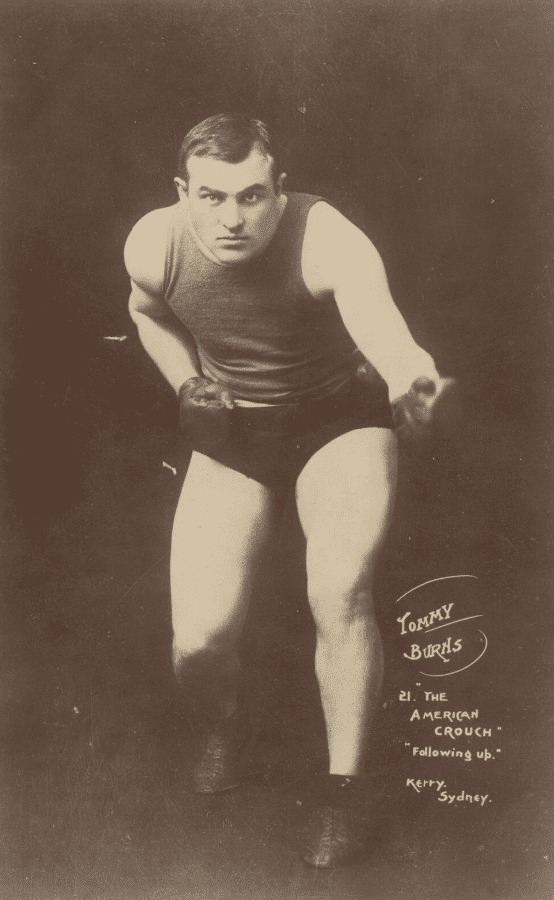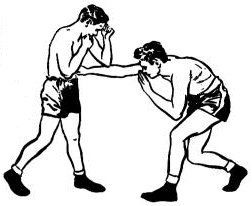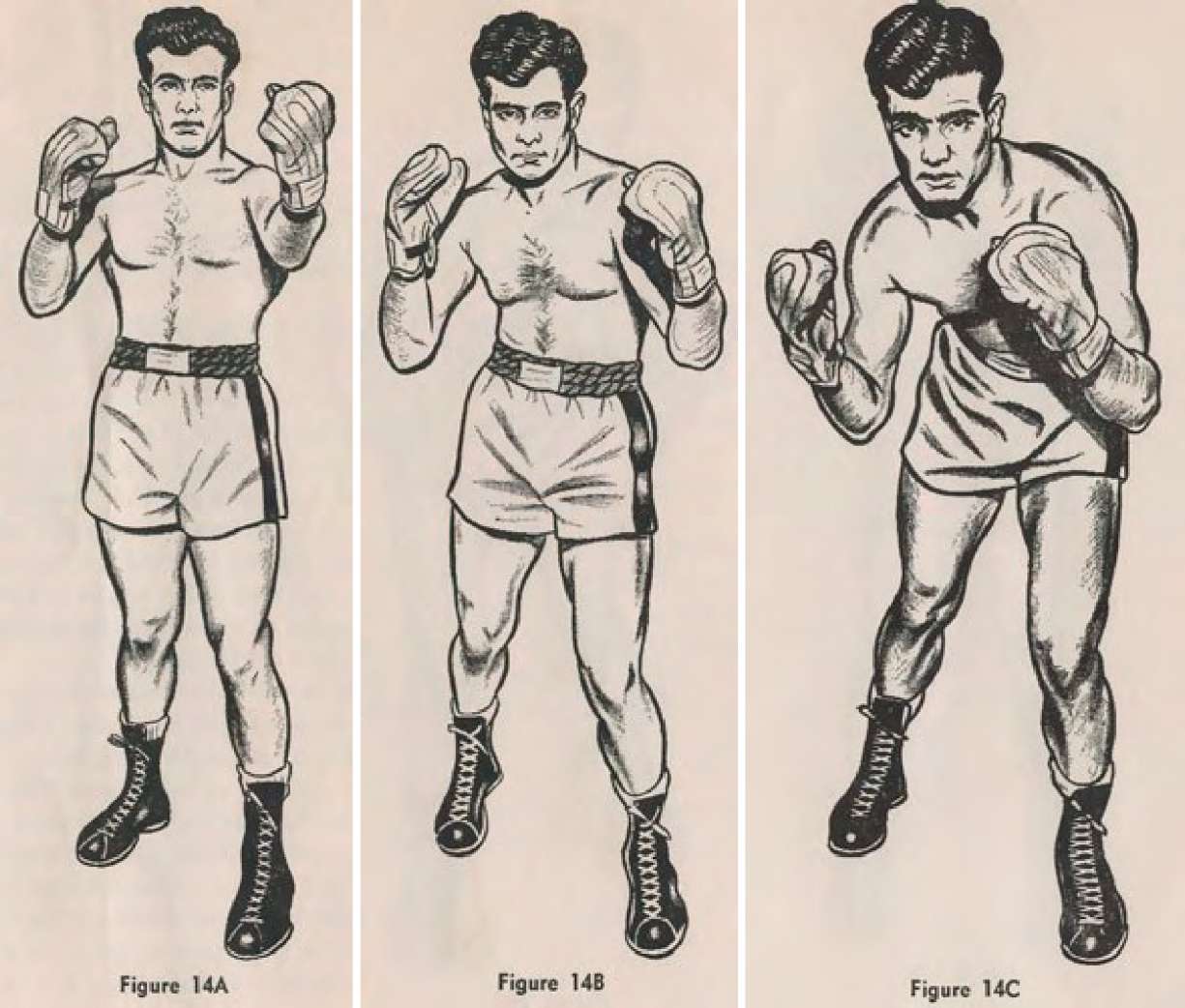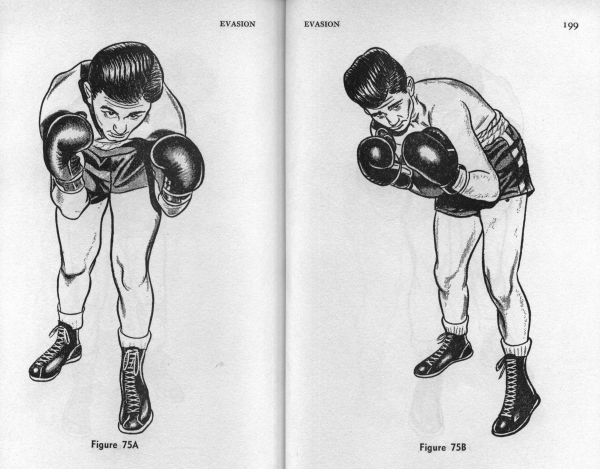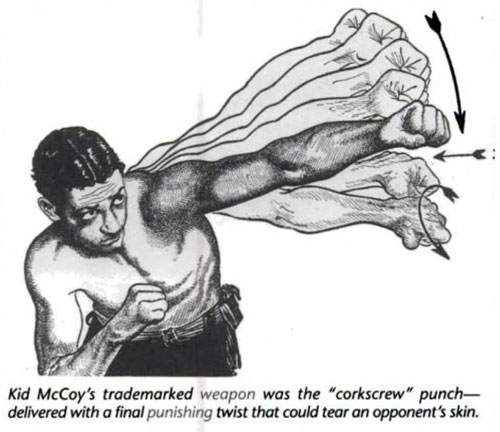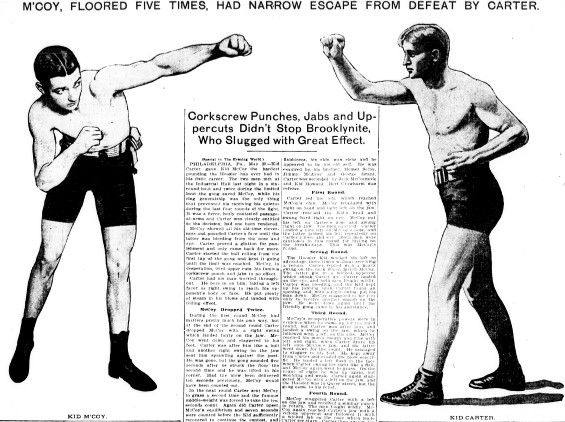jobo
Grandmaster
I did huh? Well, I must be suffering from memory loss because I don't remember using those words. Would you mind quoting where I wrote that? Put in a link to my post. Here, use this line:
_________________________________________________________________
well yes you are clearly having memory problems, i said boxing had evolved through what works best in competition and you said,NO its evolved through rule,changes, which is true on the longest scales of time, what came before the,M o Q rules has no comparison with modern boxing at all.
on shorter time scales , let's say half a century, then the effect of rule changes are minimal, as there have been very few of note, certainly non that have changed the fundamentals of boxing as markadly as the queenbury rules.
changes on that time scale are the result of a better under standing of bio kinetics, fitness programs and what actually works and what doesn't in the real world. If standing like a tree with your arms out stretched, trying to block punches worked then that's what they would be doing, ( take note wing Chun)

